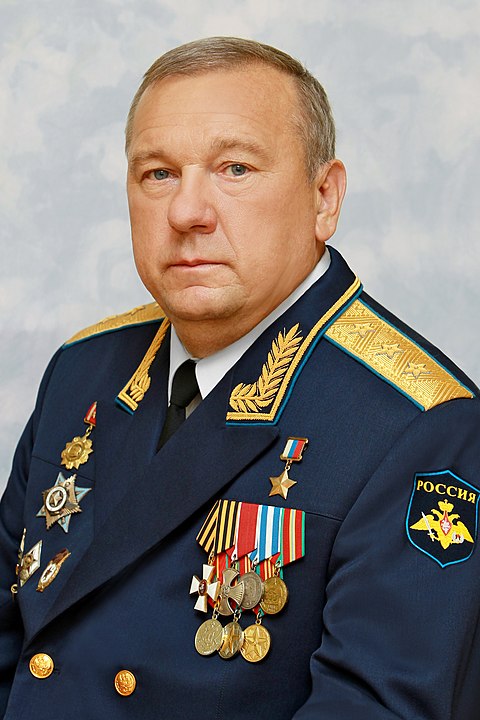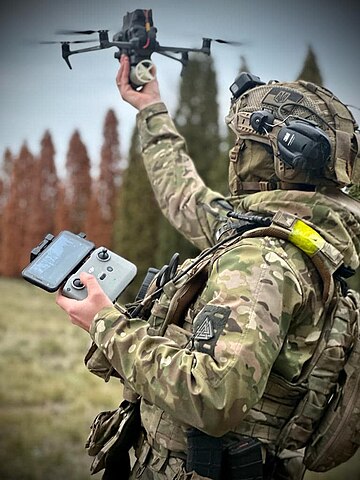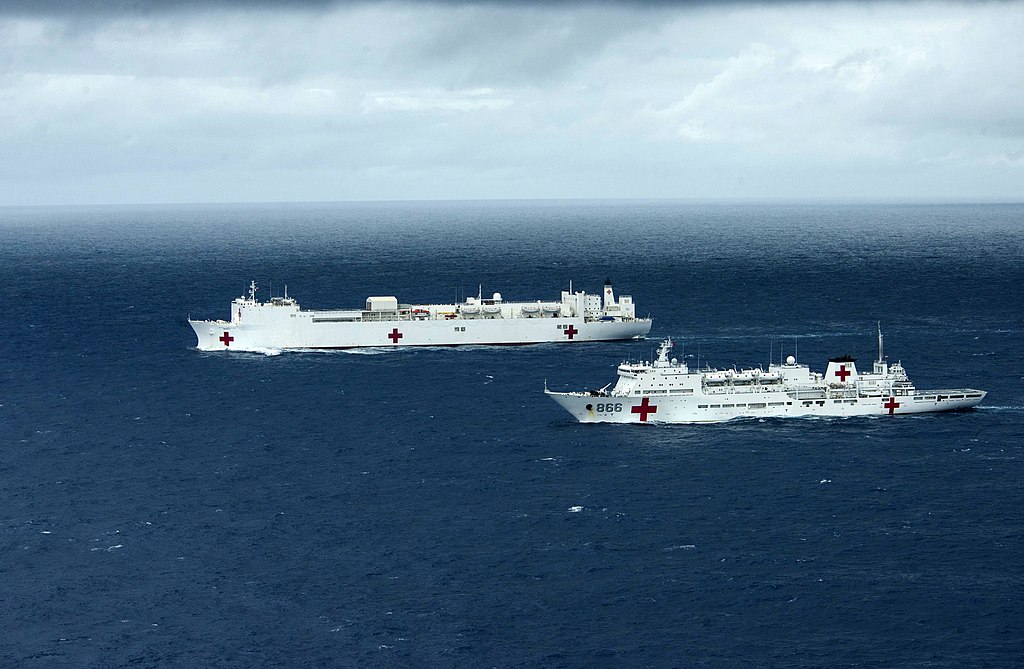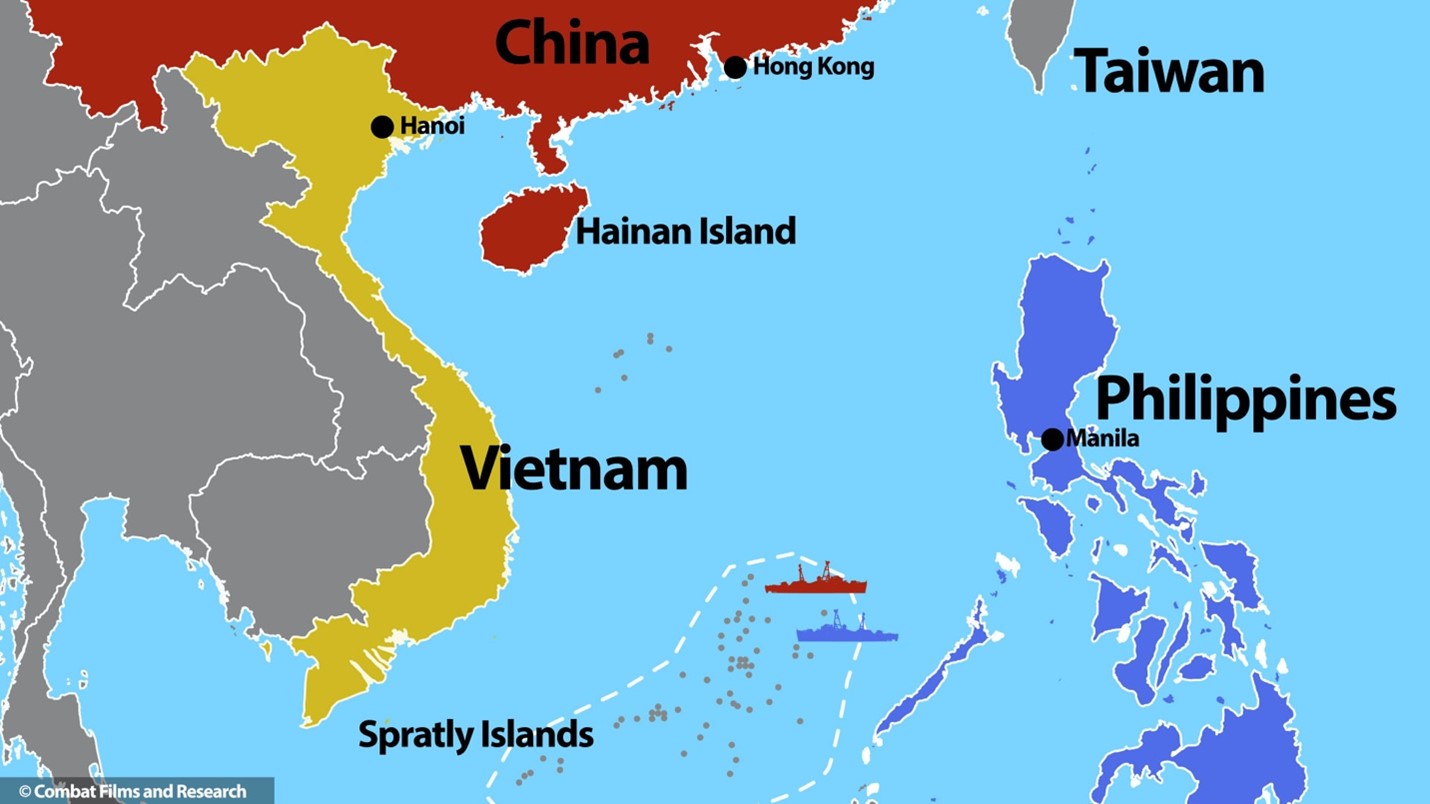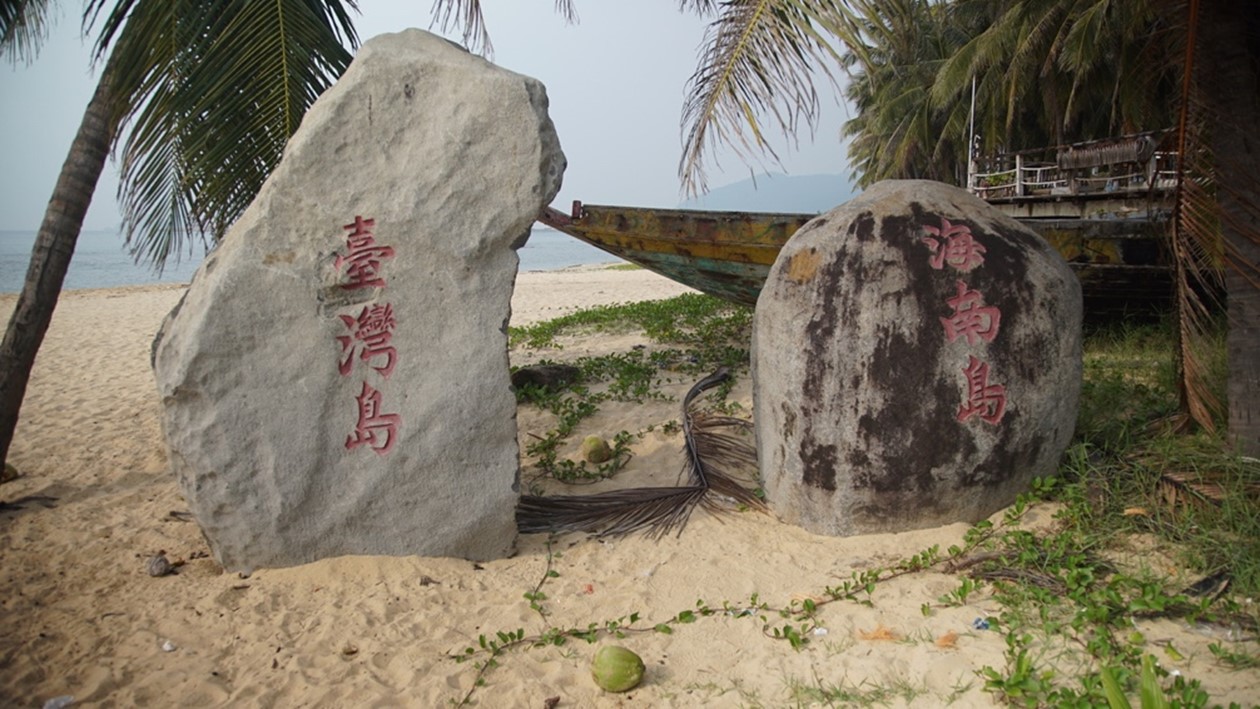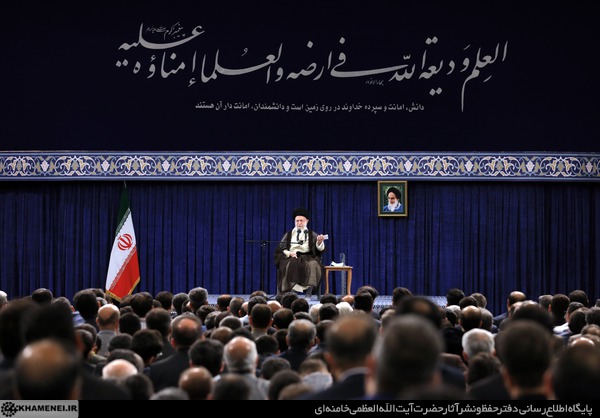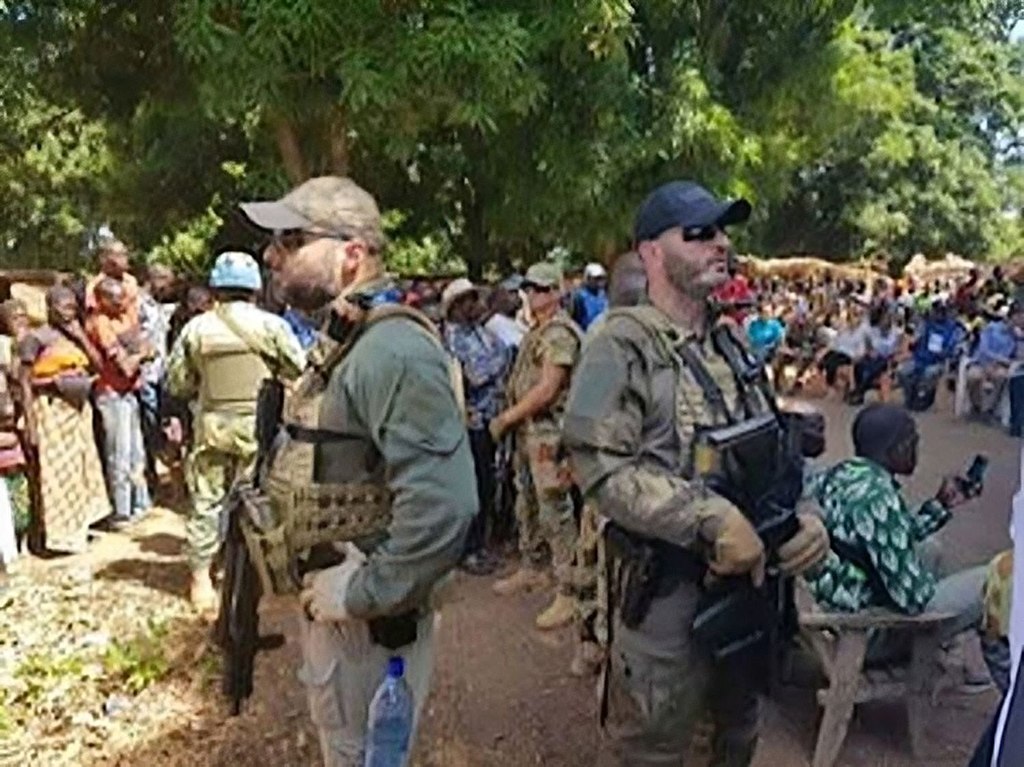Map of South China Sea featuring the Spratly Island group
“[China] deploys hundreds of vessels to patrol the South China Sea and swarm reefs. Its coastguard and navy ships routinely block or shadow Philippine boats in the contested waters, Manila has said.”
China is stepping up enforcement of its claims in the South China Sea due, in part, to its expanding chain of naval bases. There were a pair of confrontations between Chinese and Philippine navies in the South China Sea in August.[i] The dispute centered on the resupply of the BRP Sierra Madre, a WWII-era Philippine ship purposely run aground in 1999, on the Second Thomas Shoal, part of the Spratly Island group. The aging and decrepit vessel has served as a Philippine military base, tethered to the shoal that both the Philippines and China each declare their own.
On 5 August, the Chinese Coast Guard blocked Philippine Coast Guard ships from escorting chartered supply boats sent to resupply the Sierra Madre, according to the excerpted article from the Hong Kong-based South China Morning Post. Philippine officials protested the Chinese actions, noting that the operation was a normal resupply mission. China claimed the Philippine operation also sought to deliver construction materials to repair the aging Sierra Madre—extending the life of the floating Philippine base—in defiance of Chinese demands that the Sierra Madre be towed off the shoal on which it is grounded.
The situation escalated three days later when, on 8 August, China criticized the Philippines for failing to “keep its commitment to tow away the warship that was ‘illegally stranded’ on China’s Ren’ai Reef and attempting to reinforce it for permanent occupation of the reef” as reported by the government-run media outlet China Daily. Philippine officials deny there was ever any commitment to remove the Sierra Madre and vowed to maintain the stranded vessel.[ii] Finally, on 22 August, Philippine supply boats ran the Chinese blockade to resupply the Philippine marines stationed on the Sierra Madre, according to the China Daily article. The two-week saga highlights the fact that the operational environment in the South China Sea has tipped in China’s favor.[iii] Many Chinese naval bases in the South China Sea are now operational negating the need for People’s Liberation Army-Navy vessels and maritime militia to sail from Hainan Island or other mainland naval bases. The chain of Chinese naval bases in the South China Sea allows China faster response times and more loiter time in contested waters, an advantage previously held by the other claimants’ navies that reside much closer to the contested region.[iv]
Sources:
“South China Sea: Philippines says resupply mission reaches remote outpost, China firmly opposed,” South China Morning Post (Hong Kong bases Chinese media outlet), 22 August 2023. https://www.scmp.com/news/asia/southeast-asia/article/3231910/south-china-sea-philippines-says-resupply-mission-reaches-remote-outpost-china-firmly-opposed?utm_medium=email&utm_source=cm&utm_campaign=enlz-today_international&utm_content=20230822&tpcc=enlz-today_international&UUID=200d3857-7b09-402a-bc24-cdd797d79a18&next_article_id=3231923&article_id_list=3231856,3231902,3231857,3231912,3231909,3231884,3231916,3231897&tc=30&CMCampaignID=b607b9fc1b0ca5281837846f6ad244ac
The Philippines said a resupply mission had reached a remote outpost in the disputed South China Sea on Tuesday, despite attempts by Chinese vessels to “block” the boats carrying provisions for Filipino marines.
Two Philippine Coastguard boats escorted two supply vessels to Second Thomas Shoal in the Spratly Islands, where a handful of troops are stationed on a crumbling navy ship.
They arrived just over two weeks after China Coastguard ships blocked and fired water cannon at a resupply mission to the tiny garrison that prevented one of the boats from delivering its cargo.
“The routine follow-on Rotation and Resupply mission to the BRP Sierra Madre was successfully conducted today,” the National Task Force for the West Philippine Sea said in a statement.
…
Second Thomas Shoal is about 200kmfrom the Western Philippine island of Palawan, and more than 1,000 kilometres from China’s nearest major land mass, Hainan island.
The water cannoning on August 5 fanned tensions between the countries, which have a long history of maritime disputes in the South China Sea.
China claims almost the entire waterway, through which trillions of dollars in trade passes annually, and has ignored an international ruling that its assertion has no legal basis.
It deploys hundreds of vessels to patrol the South China Sea and swarm reefs. Its coastguard and navy ships routinely block or shadow Philippine boats in the contested waters, Manila has said.
“China warns Philippine ships for illegally entering waters in S. China Sea,” China Daily (Chinese government owned news organization), 22 August 2023. https://www.chinadaily.com.cn/a/202308/22/WS64e47c43a31035260b81d962.html
Liu Dejun, spokesman for the China Coast Guard, said in a statement that the four Philippine vessels were warned by the China Coast Guard, which effectively regulated them in accordance with law.
At the same time, regarding the fact that the Philippine ships did not carry illegal building materials for large-scale reinforcement, the Chinese side made “temporary special arrangements” for the Philippine side to transport food and other necessary daily supplies to the “stranded” warship in Ren’ai Reef in a humanitarian spirit, he said.
“China has indisputable sovereignty over the Nansha Islands and their adjacent waters, including the Ren’ai Reef,” said Liu in his statement.
“We firmly oppose the Philippines using the opportunity of transporting supplies to ship illegal building materials to the warship that ‘illegally stranded’ in the Ren’ai Reef,” said Liu.Liu added that Chinese Coast Guard will continue to carry out rights protection and law enforcement activities in waters under China’s jurisdiction in accordance with law.
Notes:
[i] For more on Chinese diplomatic strategy regarding disputes in the South China Sea, see: Dodge Billingsley, “Chinese Foreign Minister Calls on Resolved Land Border Disputes with Vietnam to Influence Pending Chinese-Vietnamese Maritime Disputes,” OE Watch, October 2020. https://community.apan.org/wg/tradoc-g2/fmso/m/oe-watch-articles-2-singular-format/376080
[ii] The relationship between the Philippines and China is complicated as they are neighbors and have shared interests despite friction between the two countries regarding territorial claims in the South China Sea. Chinese officials and media frequently blame the United States for its points of conflict with the Philippines. For an example of this perspective, see the following opinion piece by the editorial board of the China Daily: “Manila should be part of solution not problem: China Daily, 17 August 2023. https://www.chinadaily.com.cn/a/202308/17/WS64de058da31035260b81cc04.html
[iii] Coincidently, the Philippines participated in a multination training exercise the same week focused on possible threat scenarios it could face in the South China Sea featuring an air assault with Australian forces and an “amphibious landing” exercise with both Australian and U.S. Marines, see: “Marcos pushes joint drills with neighbors,” The Manila Times, 28 August 2023. https://www.manilatimes.net/2023/08/26/news/marcos-pushes-joint-drills-with-neighbors/1906954; Western press coverage on the joint training exercise with the U.S. Marines refer to the training differently, see: “120 Marines Back Drill Retaking an Island Along the South China Sea,” Marine Corps Times, 25 August 2023. https://www.marinecorpstimes.com/flashpoints/2023/08/25/120-marines-back-drill-retaking-an-island-along-the-south-china-sea/?utm_source=sailthru&utm_medium=email&utm_campaign=mil-ebb&SToverlay=342f5a58-c37b-4142-b049-1f737335b507
[iv] On 28 August, China’s Ministry of Natural Resources released a new version of its national map, which it has regularly done since at least 2006 in an effort to “eliminate ‘problem maps.’” The map drew swift rebuke from many countries, including the Philippines. See: “China’s New Map Draws Outrage From Neighbors,” The China Project, 31 August 2023. https://thechinaproject.com/2023/08/31/chinas-new-map-draws-outrage-from-its-neighbors/?utm_campaign=Thu, Aug 31, 2023 5%3A18 PM – The neighbors hate China’s new map&utm_medium=email&utm_source=Mailjet; For the notice of map release see: “2023年版标准地图正式发布 (The 2023 Version of the Standard Map is Officially Released),” Ministry of Natural Resources of the People’s Republic of China, https://www.mnr.gov.cn/dt/ywbb/202308/t20230829_2798404.html
Image Information:
Image: Map of South China Sea featuring the Spratly Island group
Source: Dodge Billingsley, Combat Films and Research, Inc.
Attribution: By permission of Combat Films and Research, Inc.

